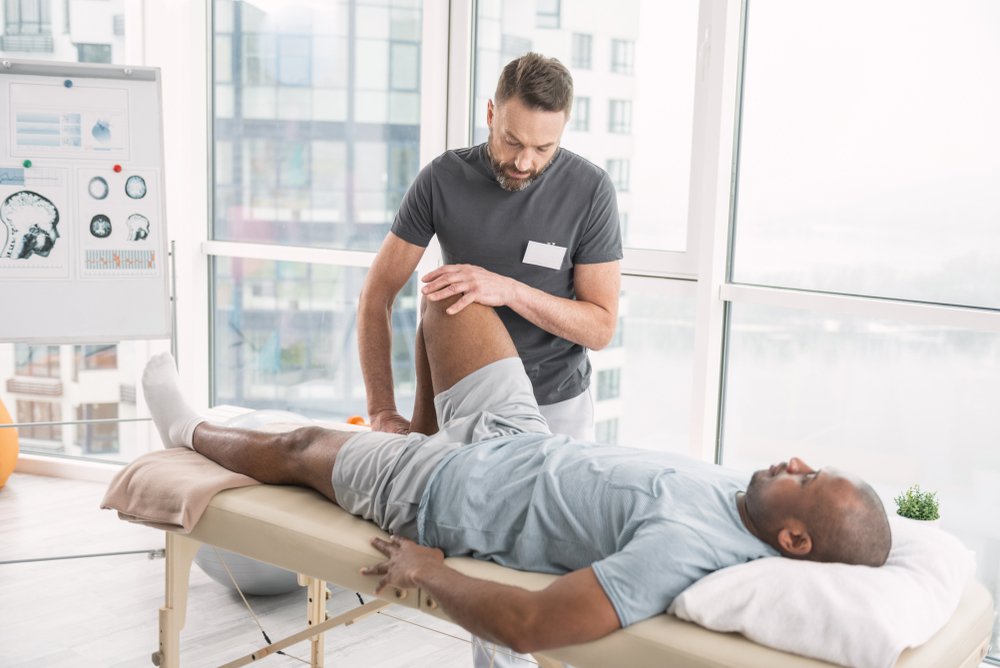Exploring the Diverse Methods of Physical Rehabilitation for Enhanced Recovery and Restoration
Exploring the Diverse Methods of Physical Rehabilitation for Enhanced Recovery and Restoration
Blog Article
Physiological rehabilitation is an important discipline that assists people heal from traumas, surgeries, and multiple medical issues. It involves a variety of methods designed to improve mobility, alleviate discomfort, and enhance overall physical function. Physiotherapy practitioners are qualified professionals who assess each patient’s requirements and create personalized treatment plans. These plans often consist of workouts, manual treatment, and education about physical mechanics. By employing these diverse approaches, physiotherapy can significantly improve a patient’s standard of living.
One frequent technique used in physical is therapeutic exercise. This includes targeted actions and activities that assist build muscle strength, enhance range of motion, and increase endurance. For instance, a patient recovering from knee operation may engage in workouts that concentrate on rebuilding power in the leg muscles. These exercises are carefully selected based on the patient’s status and goals. By incrementally increasing the intensity and challenges of the exercises, physical therapists can assist clients regain their strength and movement over time.
Another crucial method is manual therapy, which comprises physical methods to adjust the body’s soft tissues and articulations. This can involve stretching, joint movement, and massage. Hands-on therapy seeks to relieve discomfort, minimize inflammation, and improve blood flow. For instance, a practitioner may apply light force to ease stress in stiff muscles or to assist a joint move more smoothly. This technique is often integrated with other treatments to improve rehabilitation and encourage recovery. Patients often consider manual therapy to be a soothing and effective way to control their discomfort.
In furthermore to exercises and hands-on therapy, instruction plays a crucial role in physical. Practitioners teach clients about their conditions and how to handle check that them effectively. This may entail advice on correct posture, physical mechanics, and strategies to prevent subsequent injuries. For instance, a therapist might demonstrate a patient how to raise heavy items safely to avoid straining their spine. By empowering clients with knowledge, physical practitioners help them assume an active part in their recovery and promote long-term wellness and well-being.
Ultimately, technological advancements is progressively being incorporated into physiotherapy methods. Devices such as sonography, electrical impulses, and virtual environments can improve traditional therapy methods. These tools can help alleviate pain, promote recovery, and provide interactive ways for clients to engage in their rehabilitation. For instance, virtual reality can generate immersive environments for patients to rehearse movements in a controlled and protected environment. As technology continues to evolve, it provides exciting opportunities for enhancing recovery results in physical.
In summary, physical includes a variety of methods that work in unison to support rehabilitation and rehabilitation. Through therapeutic activities, manual therapy, client education, and the application of technology, physical practitioners offer holistic care tailored to each patient’s needs. This holistic method not only helps clients recover their physical capabilities but also empowers them to maintain their well-being in the long run. As more individuals recognize the advantages of physiotherapy, it remains to play a crucial part in the pathway toward enhanced health and well-being.